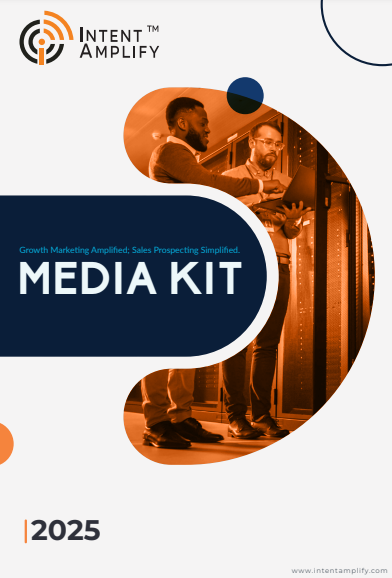
How to Turn Cold Prospects Into Warm Leads Using Social Media in 2026
- Last updated on: October 29, 2025
Cold outreach is becoming increasingly challenging. Customers now do their own research, and therefore, sales messages that are not asked for are generally ignored. However, social media, in fact, has become the most powerful way to get from a stranger to a hot, interested prospect. In 2026, the essential thing is not to have more content or send more messages, but trust, timing, and targeted relevance are.
Nowadays, social channels provide more definite intent signals, more detailed behavioral insights, and sophisticated personalization. If these are used in a strategic manner, they can convert even the most indifferent audiences through subtle, value-led conversations. This article sheds light on the way to make that transition.
Why Social Media Is Now a Warm Lead Engine?
Social media is not merely a top-of-funnel approach anymore. Buyers utilize LinkedIn, X, YouTube, and niche communities to gather information about vendors, compare solutions, and check the credibility. In B2B marketing, 80% of social media leads come directly from LinkedIn. They trust the content that is shared by their peers more than ads or sales teams. This is important because:
- Decision-makers dedicate more time to listening to experts.
- Buying committees usually remain anonymous until the late consideration stage.
- Social signals are revealing early-stage buyer intentions.
By showing insight and providing clarity that is helpful on a regular basis, you get to be known even before getting in touch. Getting known thus, conversion speed up.
Step 1: Define the “Cold Prospect” You Want to Warm
Not every cold contact is worth warming up. Precision means that less of your effort will be wasted. Social media, however, is now hot on its heels with 78% of B2B marketers using it as a growth tactic. Initially, it is best to figure out:
- The industry, company size, and business maturity.
- The role, buying power, and problem urgency.
- The signals that indicate readiness, for example, hiring trends or funding rounds.
Employ firmographic and intent data to divide your potential customers into groups. Provide content that addresses their pain, gives them a background, and is in line with their level of awareness. This is how relevance starts.
Step 2: Develop a Signal-Based Social Presence
- Before you send a message, your prospects should meet you. Concentrate on:
- Clearly, expertly positioning the support helpful posts.
- Providing the practical breakdowns, not the promotional claims.
- Commenting where your buyers are already engaging.
Do not use generic content. Instead, tell how problems work and how companies solve them. When you educate, you become an authority. When you become an authority, outreach is natural, not forced.
Step 3: Engage, Don’t Pitch
Turning cold to warm is a gradual exchange, not a direct offer. Use these engagement tactics:
- Leave insightful comments on their posts.
- Share their content with a point of view.
- Tag them when discussing industry signals.
- Send short value notes, not sales messages.
Examples:
- “I liked your take on X. Here is a recent insight we uncovered.”
- “Teams in your industry often face Y. Curious if that aligns.”
Short, relevant exchanges create connection. Then awareness turns into conversation.
Step 4: Deliver Micro-Value Before Asking for Time
Warmth develops from value, not visibility. Offer:
- Short frameworks.
- Use cases.
- Exclusive benchmarks.
- Industry playbooks.
- Quick personalized audits.
Make the prospect feel understood. When your value is precise and contextual, trust forms faster. Trust shortens sales cycles.
Step 5: Use Social Intent Signals for Follow-Up Timing
Buyers drop signals before they book meetings. Track:
- Profile engagement with your company pages.
- Clicks on shared decision-making content.
- Comments on competitor discussions.
- Sudden content consumption spikes.
Do not push too early. Do not wait too long. Align outreach with engagement patterns. Timing often matters more than messaging.
Step 6: Shift From Conversation to Conversion
When the prospect acknowledges the problem and welcomes insight, move the discussion off social media. Transition line: “It might be useful to walk through examples. Would a 15-minute call help identify your best approach?”
Keep the call framed around diagnosing, not selling. Prospects convert when they feel understood, not targeted.
Trust Turns Cold Into Warm
Warming cold prospects is not about volume. It is about relevance, credibility, and timing. When your presence delivers value before outreach, trust forms quietly. That trust converts more consistently than any direct pitch. Social media, when used to educate and engage, becomes a relationship engine that fuels real pipeline growth.
FAQs
1. How often should I post to warm prospects on social media?
Post consistently 3–5 times weekly. Consistency builds familiarity and keeps you visible.
2. What content type works best for warming prospects?
Use educational breakdowns, examples, live insights, and problem-framing posts. Practical clarity earns attention.
3. Should I send connection requests to cold prospects right away?
Yes, but personalize the request. Reference their role, recent activity, or shared industry challenges.
4. When should I transition from social engagement to a call?
Transition once the prospect engages meaningfully, such as commenting, liking often, or visiting your page.
5. Can paid social campaigns warm cold audiences faster?
Yes. Targeted paid campaigns accelerate familiarity, especially when combined with consistent organic engagement.




